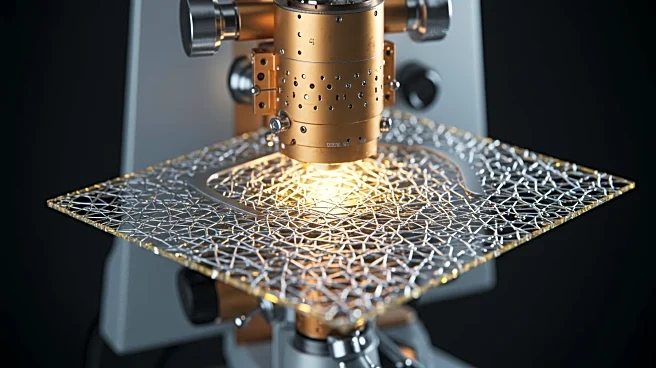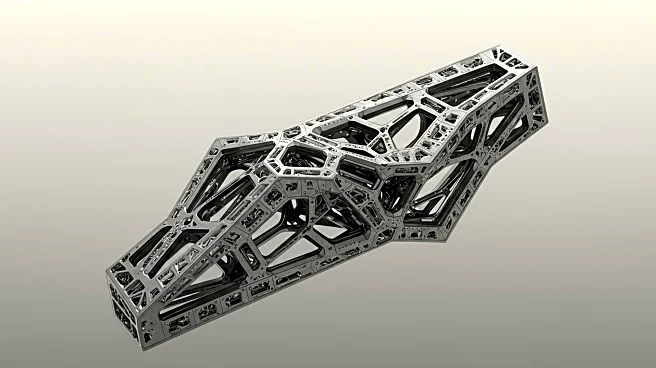Rapid Read • 7 min read
Recent studies have uncovered emergent topological polarization textures in relaxor ferroelectrics, providing new insights into their structural properties. Researchers synthesized powder specimens using the columbite route and conducted various measurements, including neutron total scattering and X-ray absorption fine structure, to analyze the phase purity and structural characteristics. The findings reveal complex polarization patterns and domain structures, which are crucial for understanding the behavior of relaxor ferroelectrics at different temperatures.
AD
Understanding the topological polarization textures in relaxor ferroelectrics is essential for advancing materials science and engineering. These materials are widely used in electronic devices, sensors, and actuators due to their unique dielectric properties. Insights into their structural behavior can lead to improved performance and reliability of these applications. The research has significant implications for industries relying on advanced materials, as it can drive innovation and enhance product development. Stakeholders in the electronics and materials sectors stand to benefit from these findings, as they can lead to more efficient and durable technologies.
Future research may focus on exploring the practical applications of these findings in electronic devices and systems. Collaboration between materials scientists and engineers could facilitate the integration of relaxor ferroelectrics into new technologies, potentially leading to breakthroughs in electronics and energy storage. The continued study of these materials at different temperatures and conditions could further refine their properties and expand their applications.
The ethical considerations of materials research should be addressed, particularly in relation to environmental impact and sustainability. As the demand for advanced materials grows, it is important to ensure that research and development are conducted responsibly and that materials are sourced and used sustainably. Additionally, the cultural impact of advancements in materials science may influence public perception and acceptance of new technologies, necessitating ongoing education and engagement efforts.
AD
More Stories You Might Enjoy










